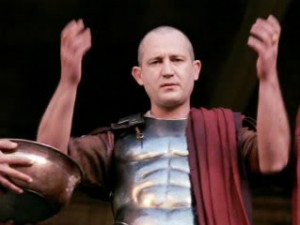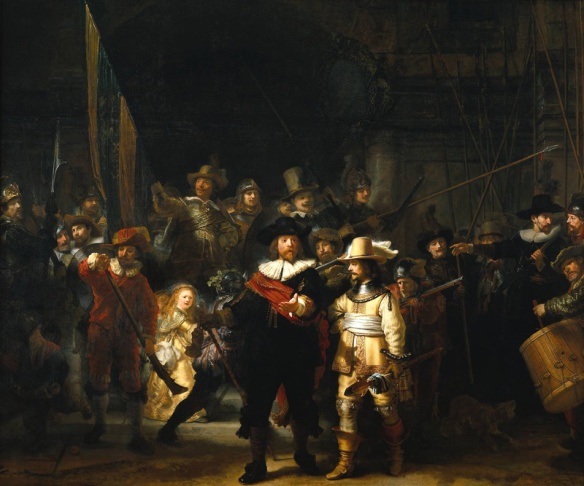There is a particularly brilliant scene from Seinfeld in which Kramer asks George if he ever “yearns.” George gives a honest answer: “I crave all the time, constant craving…but I haven’t yearned.” Having pinpointed the source of George’s malaise, Kramer offers a sober assessment: “You’re wasting your life.”
The scene is played for laughs, of course, but it contains some serious lessons about the nature of desire. There is in fact a crucial difference between craving and yearning — a distinction we can understand better by examining how we use both terms. We crave food, for instance, but we don’t yearn for it.
We yearn, it seems, for things that cannot be used up — things that offer more than fleeting satisfaction of desire. We crave sex but yearn for love; we crave attention but yearn for friendship; we crave entertainment but yearn for beauty.
To be clear, it’s not wrong to crave. It is precisely the hungry man’s desire for food that leads him to seek nourishment. The problem arises when we let cravings eclipse the pursuit of higher goods. In neglecting our spiritual desires we become like George Costanza, chasing after brief moments of satiety and convincing ourselves that the next one will bring us some serenity now.
The problem is exacerbated in the West today, where commodification and material abundance make it easy to satisfy cravings and ever more difficult to pursue yearnings. Man longs for conjugal love, for example, and the world offers him pornography. The world’s substitutes for yearnings are poor, but they are also cheap; therein lies the temptation.
Yearnings, by contrast, come with a price. Love, for example, is a gift of oneself, not a gift to oneself. Likewise, one who yearns for friendship must be prepared not only to have a friend but to be a friend to others. We find joy only by paying this price and pursuing the good. Even when our desires are unrealized, yearning itself enriches the soul by orienting it toward noble ends.
So, for once, be like Cosmo Kramer. The George Costanza approach to life is easy but, as Pope Benedict XVI said, “We were not created for an easy life.” We were made, rather, “for great things, for goodness.”




 Much ink has been spilled this election season over the once-inconceivable rise of Donald J. Trump, who is now poised to be the Republican nominee for president in 2016. Voices on both the left and right have attacked the billionaire’s tenuous grasp on policy, his protean record on issues like abortion, and the endless stream of lies and contradictions that drip from his mouth with incredible rapidity.
Much ink has been spilled this election season over the once-inconceivable rise of Donald J. Trump, who is now poised to be the Republican nominee for president in 2016. Voices on both the left and right have attacked the billionaire’s tenuous grasp on policy, his protean record on issues like abortion, and the endless stream of lies and contradictions that drip from his mouth with incredible rapidity.

